Receive Focus insights straight to your inbox
The humble bumblebee is a perfect example of how the wellbeing of a single species is fundamentally important to society. These unsung heroes of agriculture are thought to be responsible for directly or indirectly pollinating a third of the plants and plant products that we consume.
Sadly, bee populations are dramatically declining worldwide due to pesticide use, habitat degradation, global warming, mono-agriculture and a lack of floral biodiversity. In the EU alone, 15% of 1,101 bee species are threatened or near-threatened with extinction. Roughly 96% of four wild bumblebee species in North America have been lost over the past 20 years.
But what's all the buzz about bees? And why should businesses and the finance sector care? The simple answer is that organisations themselves are also at risk of extinction when animal and plant populations die out.
As we'll explore in more detail below, the loss of species negatively affects value creation and threatens supply chains, production processes and profits. The knock-on effect on a company's value and liquidity represents a material financial risk, not only to the business itself but also banks and investors.
As an example, the Science-Policy Platform on Biodiversity and Ecosystem Services (IPBES) estimated the global value of agricultural crop production at $2.6 trillion in 2016. Up to $577 billion of this annual output is at risk due to pollinator losses, providing a real sting in the tail for workers, businesses and the finance industry.
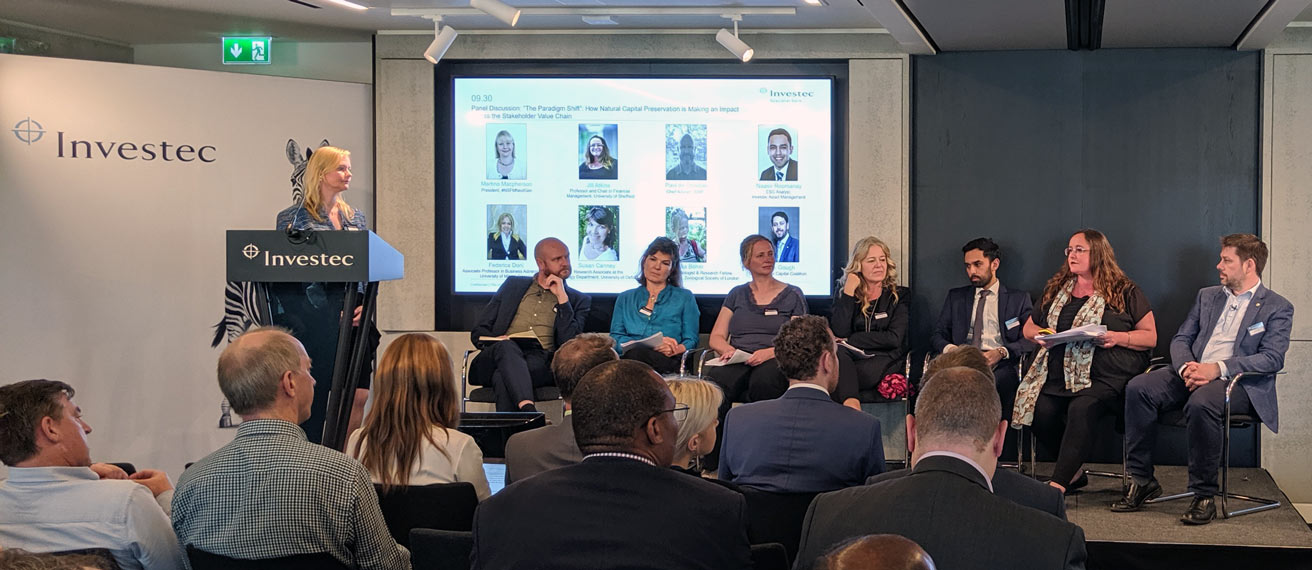
Biodiversity experts discuss the impact of species extinction in the stakeholder value chain at Investec's London office.
The looming threat of species extinction
Last year, the United Nations declared that 20 May will be known as World Bee Day to highlight the necessity of preserving the future of these essential contributors to the global economy. And bees are just one insect.
IPBES recently estimated that one million animal and plant species are at risk of extinction. The resulting impact of widespread species extinction will be catastrophic for ecosystems, businesses and financial markets.
Dr Jill Atkins, chair in financial management at Sheffield University Management School at the University of Sheffield, addresses these themes in Around the World in 80 Species: Exploring the Business Case of Extinction. Dr Atkins, who co-edited the book, delivers chilling insights into the key challenges that nature faces as it undergoes its sixth period of mass species extinction.
Solving these problems requires the world's best and brightest minds. So, Investec UK recently hosted the 'Natural Capital, Species Extinction and Sustainable Capital Markets' seminar. The event comprised a series of presentations, panel discussions and Q&As, bringing together some of the foremost experts from across academia and industry.
Is the situation as bad as it seems? Why should species extinction matter to businesses and the finance industry in particular? And what are the best ways to solve these problems?
Here are five key insights from the day that answer these pressing questions and show why urgent action is needed before it's too late.
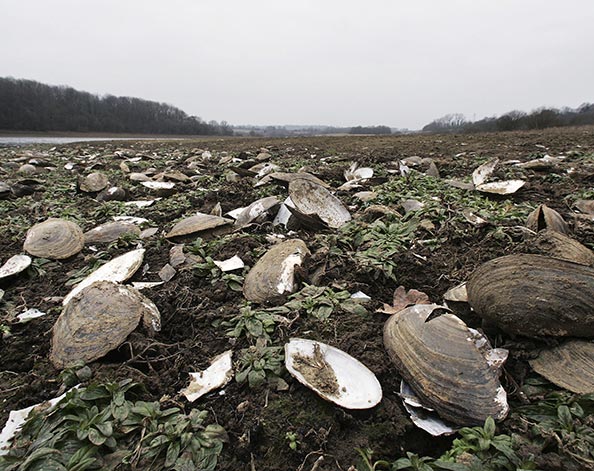
Our economic system actually incentivises habitat destruction. This is a real problem.
1. The good, the bad and the ugly: any species can affect business
Bees may be the poster insect of biodiversity efforts, but not every species enjoys the same level of media attention. Many flora and fauna are often overlooked in conservation discussions, with some holding pivotal keystone status within ecosystems.
Take the Malayan flying fox. These large fruit bats contribute to biodiversity in ways we are only now beginning to fully appreciate. Malaysia is a key producer of the durian fruit, and plantation owners have traditionally dismissed flying foxes as nothing more than a pest that consumes crops. However, recent research has indicated the animals are chief pollinators of durian plants.
Why does this matter? Global durian consumption was recently valued at $14 billion, with rapid market growth expected due to rising demand in China. As a result, plantations have expanded and continue to encroach on the surrounding rainforest, critically endangering species such as the Malayan tiger, with fewer than 200 left in the wild.
The tiger's future may not concern durian growers, but flying fox numbers are also dwindling, which could have a significant impact on pollination at plantations, as well as the wider supply chain and, ultimately, investors.
"If you're a big or small investor, you may think now is a fantastic opportunity to invest in durian plantations because of recent growth," Dr Atkins said. "But a risk you should be looking at is how do we save the fruit bat? How do we save the ecosystem that provides the service that pollinates the durian?"
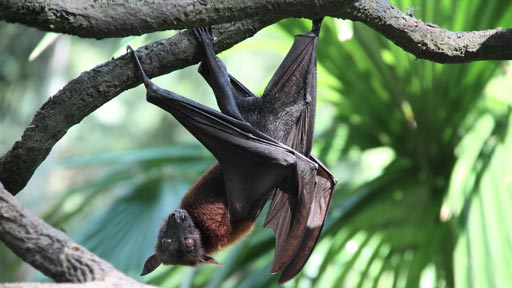
Once considered a pest by durian plantation owners, it now turns out that the Malayan flying fox is the chief pollinator of that crop
Some durian plantations in Thailand have already resorted to artificial cross-pollination by hand because natural pollinator numbers have significantly declined. This method is not only time-consuming and expensive but also potentially dangerous.
Let's look at another example. Dr Monika Böhm, a research fellow at the Institute of Zoology of the Zoological Society of London, focuses her research on assessing global patterns in extinction risks and threats to biodiversity. One of her favourite areas of study is freshwater molluscs, and she has a particular fondness for mussels.
"Freshwater mussels don't have a face, and they're not really cute. They look very boring and are mainly grey, so how do you 'sell' them as a species for conservation?" she stated.
"But actually, they're really important for filtering our water systems. They provide habitats for other species and they cycle nutrients. They're also a food source of massive cultural importance to many people."
Businesses and financial institutions clearly can't ignore the ecological risks that species loss poses to future commercial activities. On the contrary, these issues should be central to financial decision-making and investment analysis.
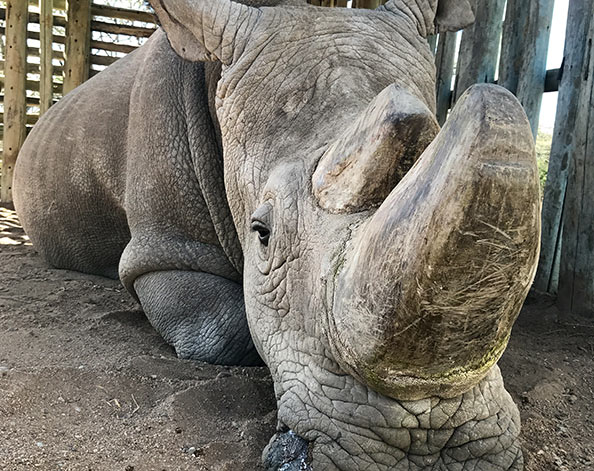
This is a wake-up call to humankind that our actions have irreversible consequences for the species we cherish.
2. The situation is worse than most of us realise
Species are disappearing at rates unprecedented in our history, and humans have a lot to answer for. That was the stark message from the IPBES report, which estimated 25% of plant and animal groups across terrestrial, freshwater and marine environments are at risk.
A WWF Living Planet Report suggested wildlife populations plummeted 58% on average between 1970 and 2012. Of the one million species currently in danger of dying out, a staggering 75% are insects, a trend that has been dubbed the 'insect apocalypse'.
Approximately 40% of amphibians are also under threat, as are more than a third of all marine mammals. The Living Planet Index shows freshwater species populations have suffered an 83% decline since 1970, the equivalent of 4% a year.
"The 83% figure gets lost in conversation a lot," said Dr Böhm. "It is a figure that actually terrifies me because we all depend on freshwater, and the fact that our freshwater systems are struggling this much to me is a massive warning sign."
READ MORE: SA's water: How to stop a runaway problem
There is little mystery to what is causing the current mass species extinction event. Human commercial activities since the industrial revolution have led to rapid over-exploitation of natural resources, pollution, disease, climate change, widescale habitat destruction and other harmful shockwaves to species survival.
READ MORE: Alternative proteins showing meaty returns
We've already discussed some of the effects on food and agriculture through pollinator loss, but many industries are affected by species extinction. Tourism and ecotourism would inevitably decline as species disappear. Also, between 50,000 and 70,000 plant species are used to produce traditional and modern medicines worldwide, with shortages placing the healthcare industry and, more importantly, lives at risk. The list goes on.
Paul de Ornellas, WWF-UK chief advisor of wildlife, emphasised that traditional threats, such as guns, nets and bulldozers, are extremely damaging to global biodiversity. However, he encouraged experts to look beyond these classic drivers of ecosystem destruction and consider the wider picture.
"We need to examine the products that we consume, the supply chains behind those products, the materials we use, and how they are extracted and manufactured," he explained.
Placing a value on the economic impact of biodiversity loss is tricky, however. One study conservatively estimated that ecosystem services - the varied benefits that we enjoy from the natural environment - were worth between $125-$145 trillion per year.
Dr Atkins argued that we can't truly understand the contribution of an endangered animal or plant on a particular ecosystem until it's gone, but the loss of a keystone species could equal a significant proportion or even all of the $145 trillion total for a given year.
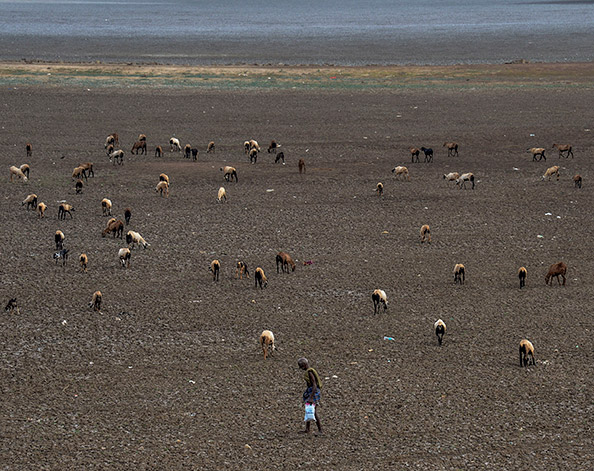
When we talk about species extinction, we're not just talking about other species. We're talking about ourselves as a species under threat of extinction.
3. Species extinction will cause financial systems to collapse
American biologist E. O. Wilson once said humanity wouldn't last more than a few months if insects and other land-dwelling arthropods were to disappear because they are so important to the survival of our ecosystems. The spirit of these words is echoed in Around the World in 80 Species.
"Extinction, at its current rate, will ensure that financial markets will collapse, which will happen shortly before extinction of the human race, if no urgent action is taken," Dr Atkins and Barry Atkins wrote.
It's not difficult to see how species extinction increases systemic risk. Businesses rely on ecosystem services and will begin to lose profitability once biodiversity issues threaten production and supply chains. Defaults on loans, bankruptcies and a slump in company values would follow, impacting lenders, stock indices and investors. If multiple ecosystems collapse, entire industries and economies become at risk.
Bees, bats and molluscs may seem like small parts of the biodiversity puzzle, but a growing number of these puzzle pieces are going missing every day. We won't know which species takes us over the edge until it happens.
Without effective reporting, organisations often remain in the dark about their impact on species
So, what are governments, organisations and scientists doing to mitigate the effect businesses have on species? Quite a lot is the answer, but nowhere near enough.
A key stumbling block is the lack of robustness in corporate reporting frameworks for environmental, social and governance (ESG) issues. Existing frameworks and the GRI Principles are designed to address the business impact of organisations on biodiversity and species loss.
Unfortunately, they often merely track species decline and rarely offer blue-sky thinking or innovative campaigns, with greenwashing a common accusation.
"Financial reporting is a communication tool, but it is also a tool for change, and it can bring about positive change," said Nick Anderson, a member of the International Accounting Standards Board.
Federica Doni, associate professor of Business Administration and Accounting at the University of Milano-Bicocca's Department of Business and Law, believes 'natural capital' is currently a very difficult concept for accountants and students to navigate. Without effective reporting, organisations often remain in the dark about their impact on species, hindering any remediation opportunities.
"There are several frameworks and there are several taxonomies. For example, the International Integrated Reporting Council provided an interesting categorisation of the six capitals in 2013, but it is only a framework," she noted.
"There are no guidelines, there is no effective tool in order to disclose the categorisation or the measurement of the reporting of these capitals."
Dr Atkins agrees this is a core problem and has suggested a new reporting framework that aims to position accounting as a driver of emancipatory possibilities within species prevention and extinction prevention.
The ultimate objective, whichever framework is used, should be to ensure biodiversity reporting and disclosure processes are fully aligned at a global level and contribute to social betterment.
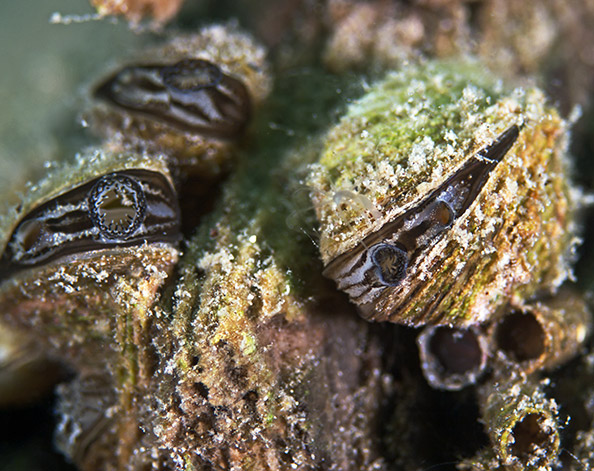
If we're going to say that biodiversity and species are assets, then we need to manage them like assets.
4. The investment sector should play a key role in protecting species
There are many challenges ahead due to species extinction, but there are also opportunities for businesses and investors that prioritise biodiversity issues. Some organisations are already thinking outside of the box.
Catalina Secreteanu, executive director of the Client Relations team at ESG research firm Sustainalytics, said financial institutions are taking great strides towards penalising companies in their portfolios that are responsible for biodiversity loss.
"We focus on identifying the most material ESG risks that companies are exposed to, and how they manage this exposure is a key issue highlighted to investors. Many investors take this very seriously, and failings have led to them ending relationships with certain companies," she said.
Green bonds and social impact bonds are also becoming more popular products. The former allow investors to direct capital towards projects that have an explicit positive environmental impact, while the latter pay returns on initiatives that result in measurable social outcomes, such as species conservation.
For Sean Kidney, co-founder and CEO of the Climate Bonds Initiative, green bonds linked to sovereign programmes will have a bigger impact on extinction prevention objectives than corporate bonds.
"We're not going to actually save orangutans in Kalimantan by buying bonds from an agricultural company in Indonesia. What we need to do is buy Indonesian green sovereign bonds, where part of the money goes towards policing natural capital management in Kalimantan," he added.
Oliver Withers is project manager of the Rhino Impact Investment (RII) project, which is a pay-for-results financial instrument linked to conservation performance indicators for the black rhino, of which only 5,500 remain in the wild.
"We're starting with rhinos because rhinos are relatively easy to count! However, our vision is this is the first step in a journey towards actually developing impact bonds at a landscape level," he stated.
READ MORE: Rescue, Rehabilitate, Release – the story of a rhino orphaned by poaching
These examples show how transforming asset classes to suit the finance sector's goals can help both the industry and investors achieve reliable returns through species conservation and other biodiversity projects. This progress requires a step-change in thinking for many businesses.
Mark Gough, executive director of the Natural Capital Coalition, said organisations need to move beyond purely measuring biodiversity indicators and instead recognise the intrinsic importance of the species they interact with.
"If we measure something, we should value it. What we do by valuing is we're understanding the relative importance and worth of that species to us. It doesn't have to be monetary," he said.
"It's only when we understand the context of that measurement that we can do something about it."
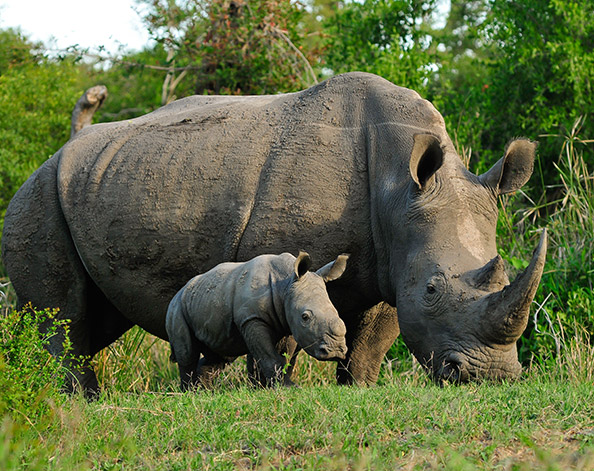
We are facing a really scary time with extinction, but there is a glimmer of hope.
5. There is still time to act. Here's what you can do
The window of opportunity for preventing irreversible damage to the planet and its ecosystems is rapidly closing. While there is still time, it's running out.
Businesses, governments, NGOs, investors, regulators and other stakeholders must all work together to drive the changes that need to occur. Every expert who spoke at the seminar emphasised the importance of collaboration and communication at a local, national and international level. Perhaps Mr Kidney summed it up best when he said:
"We need a common global approach. We have a very short time to act. We can't muddle through this now; it's time to force a level of ambition beyond what we've understood in the past."
What can businesses do to help? Dr Atkins and Martina Macpherson, president of the Network for Sustainable Financial Markets, have proposed a detailed Species Protection Action Plan to mitigate the material financial risk posed by plant and animal extinction.
The plan aims to form a basis for developing tools, techniques and other initiatives that embed species conservation and preservation into the foundation of businesses and the financial system.
Here are the ways various financial market participants can contribute:
Companies
- Develop extinction prevention KPIs to measure the success or failure of species protection projects
- Include species extinction risk throughout risk management, internal control systems and internal audit processes
- Implement emancipatory extinction accounting and incorporate species protection into integrated reports
Banks
- Consider species protection when making substantial lending decisions
- Fuse species protection into green and blue bonds
- Create innovative new bonds, such as 'bee bonds', that prioritise extinction prevention
- Develop personal bank accounts and credit cards with species protection contributions
Institutional investors
- Practise extinction engagement and interact with investee companies on conservation and preservation issues
Pension fund managers and fund managers
- Incorporate species protection on pension fund agendas and in fund management mandates
- Practise emancipatory extinction engagement
- Discuss the relevance and future benefits of species protection to funds
These are just some of the imaginative solutions that have been proposed, but the goal now is to find ways of integrating them into the financial system as quickly and efficiently as possible. Dr Atkins said the urgency of the situation can't be overstated.
"Approximately 130 species are going extinct every day, and those are the ones we are aware of. So now we need to involve every part of the financial sector, every part of the accounting framework, every part of society," she stated.
"Everybody has a responsibility. It's not somebody else's job. It's everybody's job and on an individual basis."




